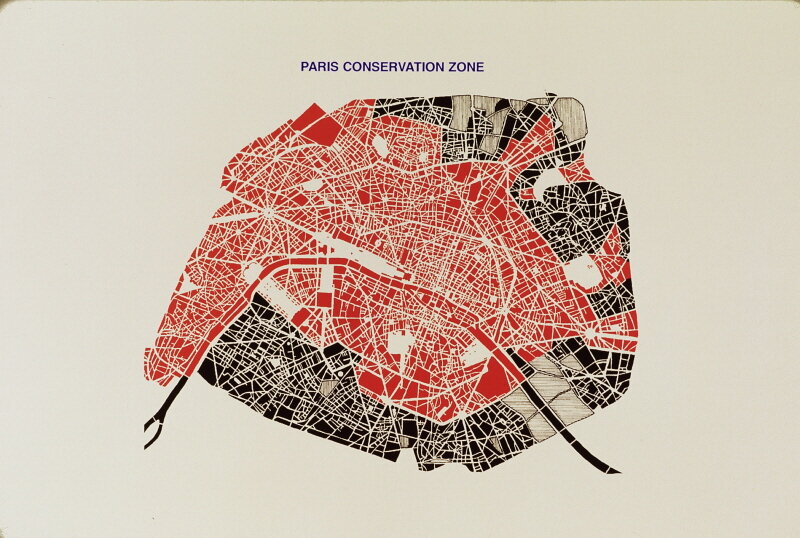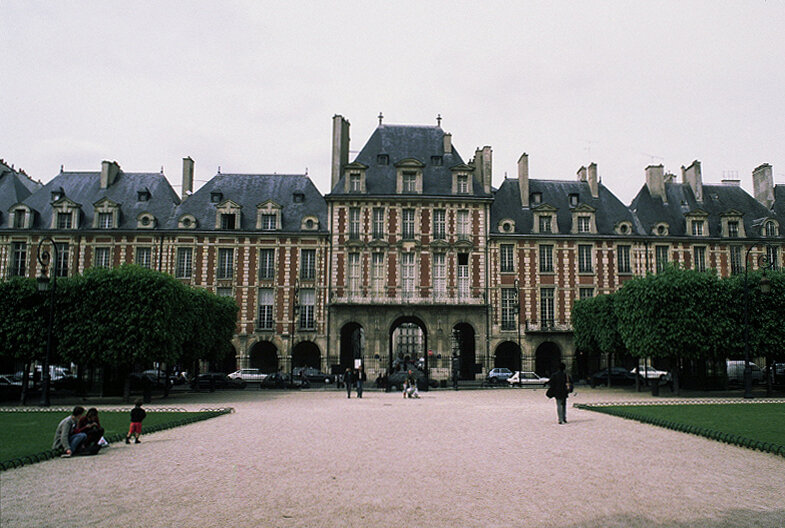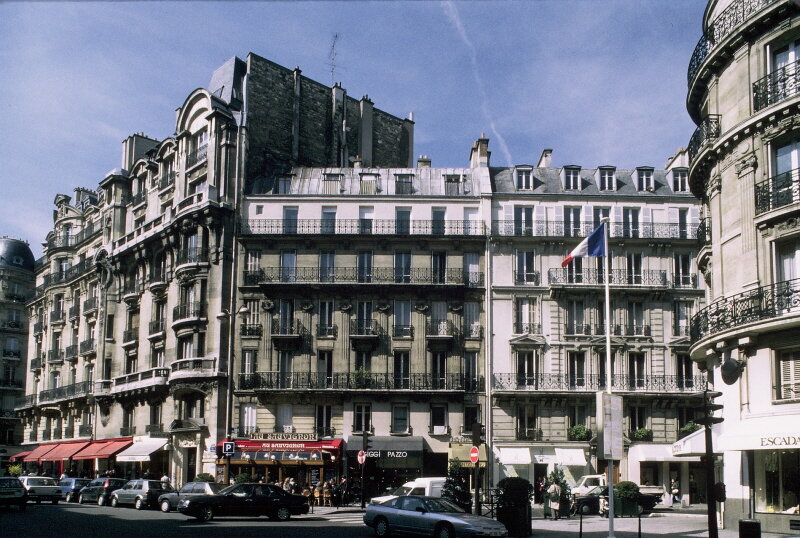Over centuries, French rulers would attempt to refashion their capital, Paris, in accordance with Renaissance urban planning ideals and numerous institutions would be created to advance classical building design. Some monarchs lent their prestige to building architecturally integrated models for speculative real estate development. With industrialization, a refined vernacular architecture was inculcated in building codes and via state bureaucracies that consolidated the parts of the city into an extensive environmental sculpture. After WWII, as modernization eroded the character of—and even erased—outer parts of the giant work of environmental art the people of Paris rebelled, leading to the establishment of the largest urban conservation zone in the world.





